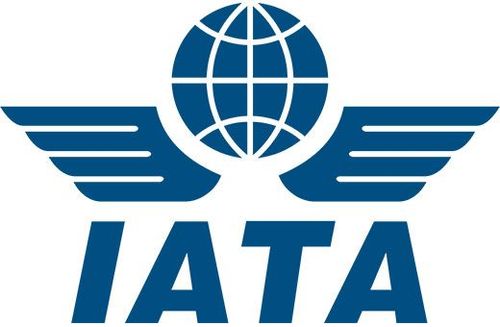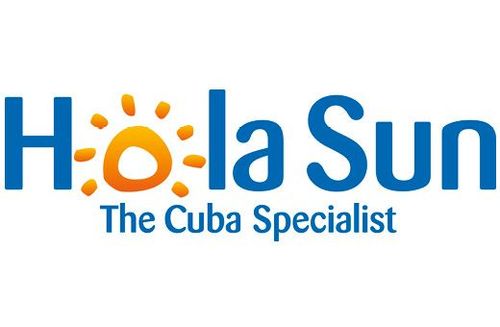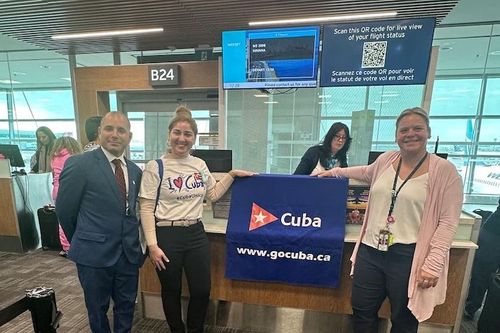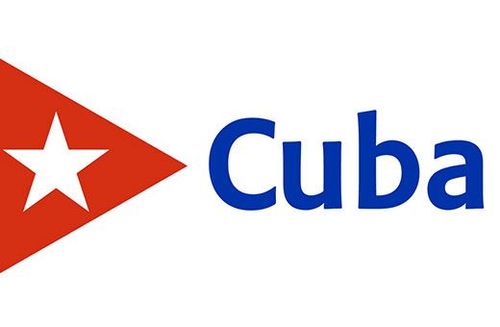Where travel agents earn, learn and save!
News / IATA Outlines Layered Approach for Industry Re-Start
A Roadmap for Restarting Aviation

May 19 - The International Air Transport Association (IATA) revealed details of its proposed temporary layered approach to biosecurity for re-starting passenger flights amid the COVID-19 crisis.
IATA has published Biosecurity for Air Transport: A Roadmap for Restarting Aviation which outlines IATA’s proposal for a layering of temporary biosecurity measures. The Roadmap aims to provide the confidence that governments will need to enable the re-opening of borders to passenger travel; and the confidence that travelers will need to return to flying.
Highlights of the Roadmap include:
Pre-flight
IATA foresees the need for governments to collect passenger data in advance of travel, including health information, which should be accomplished using well-tested channels such as those used for eVisa or electronic travel authorization programs.
At the Departure Airport
At the departure airport, IATA foresees several layers of protective measures:• Access to the terminal building should be restricted to airport/airline workers and travelers (with exceptions being made for those accompanying passengers with disabilities or unaccompanied minors)
• Temperature screening by trained government staff at entry points to the terminal building
• Physical distancing through all passenger processes, including queue management
• Use of face coverings for passengers and masks for staff in line with local regulations
• Self-service options for check-in used by passengers as much as possible to reduce contact points and queues. This includes remote check-in (electronic/home printed boarding passes), automated bag drops (with home printed bag tags) and self-boarding
• Boarding should be made as efficient as possible with re-designed gate areas, congestion-reducing boarding priorities, and hand luggage limitations
• Cleaning and sanitization of high touch areas in line with local regulations. This includes wide availability of hand sanitizer
In-flight
In- flight, IATA foresees several layers of protective measures:• Face coverings required for all passengers and non-surgical masks for crew
• Simplified cabin service and pre-packaged catering to reduce interaction between passengers and crew
• Reduced congregation of passengers in the cabin, for example by prohibiting queues for washrooms
• Enhanced and more frequent deep cleaning of the cabin
At the Arrival Airport
• Temperature screening by trained government staff if required by authorities • Automated procedures for customs and border control including use of mobile applications and biometric technologies (which have already proven track record by some governments) • Accelerated processing and baggage reclaim to enable social distancing by reducing congestion and queuing • Health declarations and robust contact tracing are expected to be undertaken by governments to reduce the risk of imported chains of transmission
IATA stressed that these measures should be temporary, regularly reviewed, replaced when more efficient options are identified or removed should they become unnecessary. Specifically, IATA expressed hope in two areas which could be ‘game-changers’ in facilitating efficient travel until a vaccine is found:
COVID-19 Testing
IATA supports testing when scalable, accurate and fast results are available. Testing at the start of the travel process would create a ‘sterile’ travel environment that would reassure travelers and governments.
Immunity Passports
IATA would support the development of immunity passports to segregate no-risk travelers, at a time when these are backed by medical science and recognized by governments.
IATA reiterated its opposition to social distancing on board aircraft and quarantine measures on arrival:
• Quarantine measures are obviated by the combination of temperature checks and contract tracing. Temperature screening reduces the risk of symptomatic passengers from traveling, while health declarations and contact tracing after arrival reduce the risk of imported cases developing into local chains of transmission
• Social distancing on board (leaving the middle seat open) is obviated by the wearing of face coverings by all on board on top of transmission reducing characteristics of the cabin (everybody is front facing, air flow is from ceiling to floor, seats provide a barrier to forward/aft transmission, and air filtration systems that operate to hospital operating theatre standards)
The mutual recognition of globally agreed measures is critical for the resumption of international travel. IATA is reaching out to governments with the Roadmap. This engagement is in support of the COVID-19 Aviation Recovery Task Force (CART) of the International Civil Aviation Organization (ICAO) which is tasked with developing the global standards needed for the safe re-start of aviation. For more information, please visit iata.org
More Travel News:
This Is Why You Need A Travel Advisor For Your Post-Pandemic Vacation
Delta will add flights to keep planes no more than 60% full
World Responsible Tourism Awards 2020
22 Hopeful Signs for Reopening the Travel Economy











